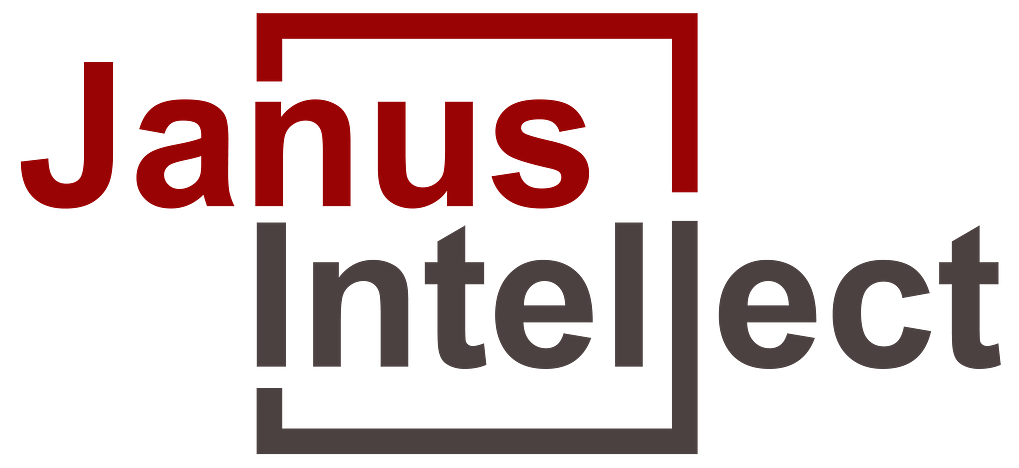Introduction
The Global Military Exoskeleton Market is set to surge from USD XX Bn in 2023 to a projected USD XX Bn by 2028, growing at a CAGR of XX%.
Military exoskeletons are advanced wearable robotic systems designed to augment and enhance the physical capabilities of soldiers during various military operations. They make use of mechanical structures, sensors, and actuators to provide soldiers with increased strength, endurance, and agility.
Powered exoskeletons use electric or hydraulic systems to assist in lifting heavy loads, carrying equipment, and navigating challenging terrains. Unpowered exoskeletons rely on mechanical structures to reduce the strain on soldiers’ bodies. It particularly helps in their joints and muscles, helping prevent injuries and fatigue.
Military exoskeletons play a crucial role in enhancing overall soldier performance, improving mission effectiveness. It ensures the safety and well-being of military personnel by reducing the physical demands of strenuous tasks. This ultimately improves the efficiency of an army on the battlefield.
Segment Analysis
The Global Military Exoskeleton Market is segmented based on Body Type, Power Type, and Component Type.
The military exoskeleton market, by product/body type, has three types: full body exoskeletons, upper body exoskeletons and lower body exoskeletons.
Military exoskeletons are designed to enhance soldier performance, improve safety, and increase operational efficiency. As a result, there is a growing demand for exoskeletons across various military applications. It includes infantry support, logistics, and medical assistance. The market size is expect to expand rapidly over the forecast period. The main driving force is rising defense budgets, technological advancements, and the need to address evolving security challenges.
Upper body exoskeleton is to support and augment the strength and endurance. It does improve upper limbs, arms and shoulders. These exoskeletons are particularly useful for tasks that involve lifting heavy objects, carrying loads, and operating handheld weapons or equipment. The demand for upper body exoskeletons is robust. it is because of the need to enhance soldier capabilities in combat situations. It reduces the risk of musculoskeletal injuries associated with manual labor.
Lower body exoskeletons focus on enhancing mobility, stability, and endurance in the lower limbs, including the legs and hips. These exoskeletons assist soldiers in walking, running, and traversing challenging terrain, thereby improving their agility and maneuverability on the battlefield. Lower body exoskeletons are particularly valuable for infantry units. It is because they operates in rugged or urban environments where mobility is critical for mission success. The market for lower body exoskeletons will grow steadily. It is increasing emphasis on infantry modernization and urban warfare capabilities.
Full body exoskeletons provide comprehensive support and augmentation for both the upper and lower body, covering the entire musculoskeletal system. These exoskeletons offer the highest level of performance enhancement and protection for soldiers, enabling them to perform a wide range of physical tasks with reduced fatigue and increased efficiency. Full body exoskeletons is specialize for military operations. The specialize operations such as reconnaissance, special forces missions, and casualty evacuation. Although the market for full body exoskeletons is relatively niche compare to upper and lower body variants. It is driving by the demand for integrated solutions. It offers maximum flexibility and versatility in combat environments.
Regional Analysis
Regional segmentation analysis of the military exoskeleton market reveals distinct patterns and market dynamics across different geographic regions.
In North America, manufacturers of exoskeletons face challenges in adhering to strict defense regulations and practicing ethical use of exoskeleton technology. However, North America fosters robust research and development, leading to technological advancements in the military exoskeleton sector.
In Europe, there exist several collaborative defense programs across multiple countries, with a focus on soldier safety, which encourages investment into the development of exoskeletons. Additionally, there are also opportunities for exoskeletons to be integrate into NATO operations. Regulatory and ethical concerns remain a challenge in Europe.
In the Asia-Pacific Region, defense expenditure has been rising as a result of rising regional security concerns and geopolitical unrest, especially in countries like India and China, which encourages the adoption of advanced military technologies such as exoskeletons. However, the APAC region remains slightly behind when compared to the technological advancements of established players, which is a current challenge.
Various factors, including economic conditions, vehicle ownership patterns, and air quality concerns, influence the Latin American market for automotive air filters. The aftermarket segment is significant in this region, as vehicle owners often prioritize maintenance to extend the life of their vehicles.
The Middle-Eastern market for military exoskeletons is driven by security concerns within the region, and the need for enhancing counter-terrorism operations. The Middle-Eastern market, is also hinder by economic instability and harsh climates that adapptatio for exoskeletons difficult.
List of Companies
The report provides profiles of the key companies, outlining their history, business segments, product overview, and company financials. Some companies from the competitive analysis are BAE Systems, Lockheed Martin Corp., SRI International, etc.
Key Developments
Defence Research and Development Organization (DRDO), India announced that it was testing an active exoskeleton that is capable of carrying loads of about 100kg and has an operation time of 8 hours. – June 2021
Taiwan introduced a 10 kg lower-body powered exoskeleton suit designed to move at 6 kph, and is used to boost the wearer’s strength and endurance. – October 2021
Frequently Asked Questions
How Much Is The Global Military Exoskeleton Market Size?
The Global Military Exoskeleton Market is set to surge from USD xx Bn in 2023 to a projected USD xx Bn by 2028, growing at a CAGR of xx%.
What Is The Major Global Military Exoskeleton Market Driver?
Military Modernization Incentives
Increased Demand due to Special Operations Requirements and Enhanced Soldier Performance
Logistics and Supply Chain Efficiency
Technological Advancements
What are the Major Military Exoskeleton Market Opportunities?
Rise in Global Defense Budgets
Growing Investments in R&D Activities of Companies
Which Region will Lead The Military Exoskeleton Market?
North America is expected to lead the Military Exoskeleton Market
Who Are The Military Exoskeleton Market Players?
BAE Systems, Lockheed Martin Corporation, Raytheon Company, Bionic Power Inc., etc.




